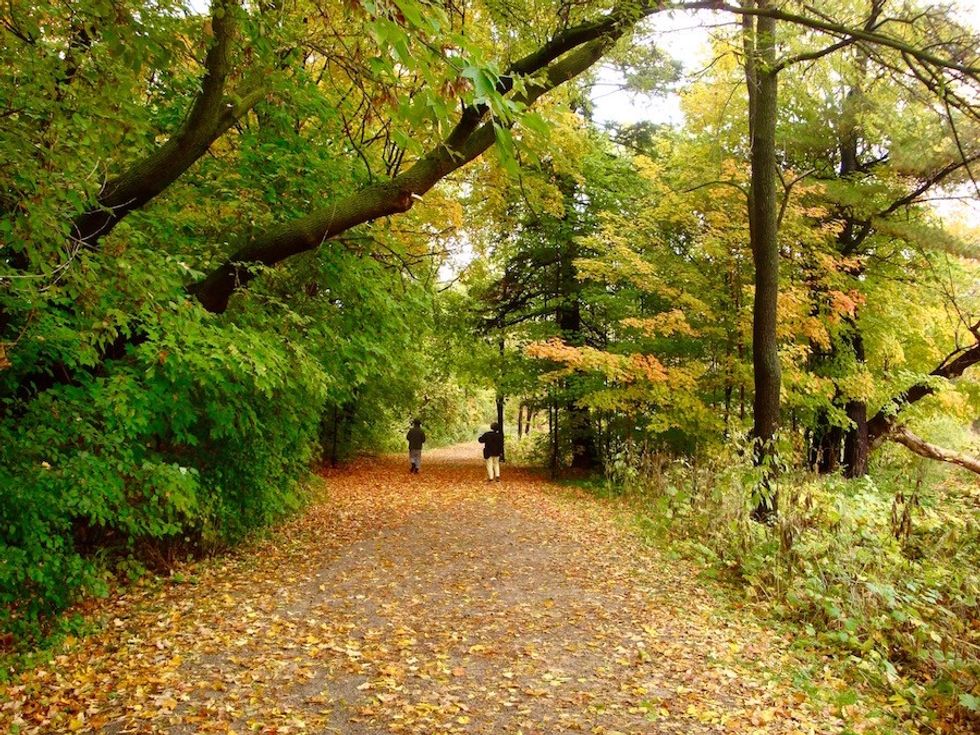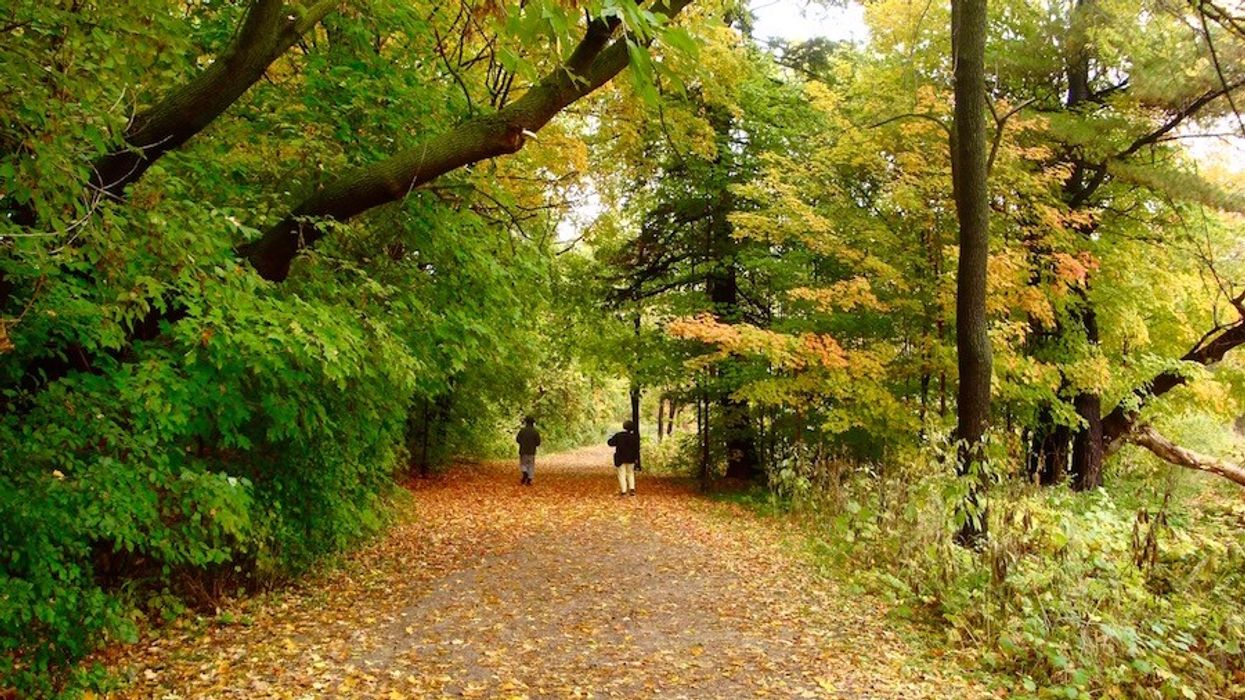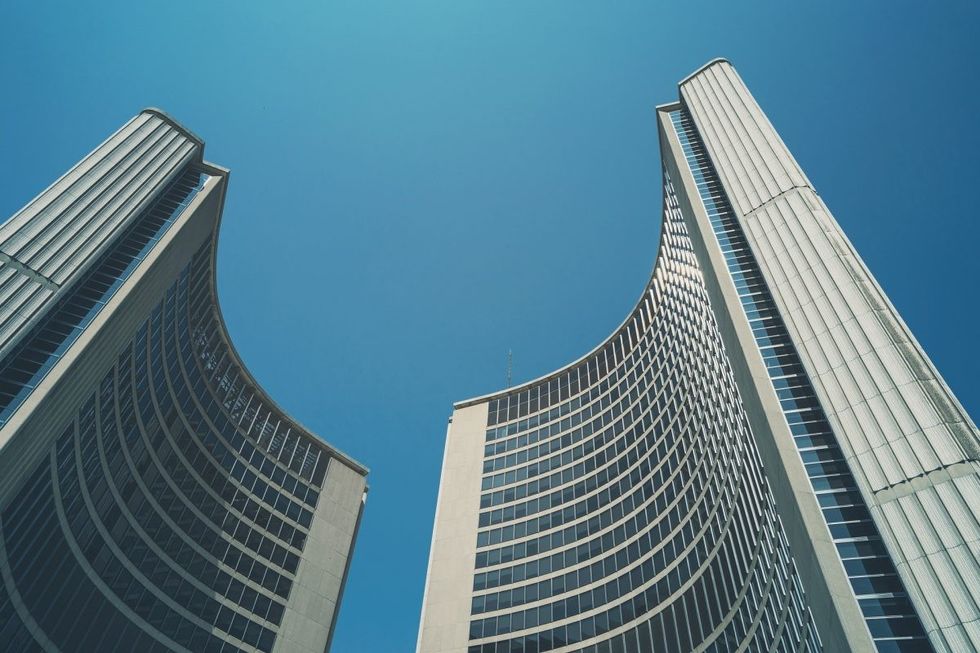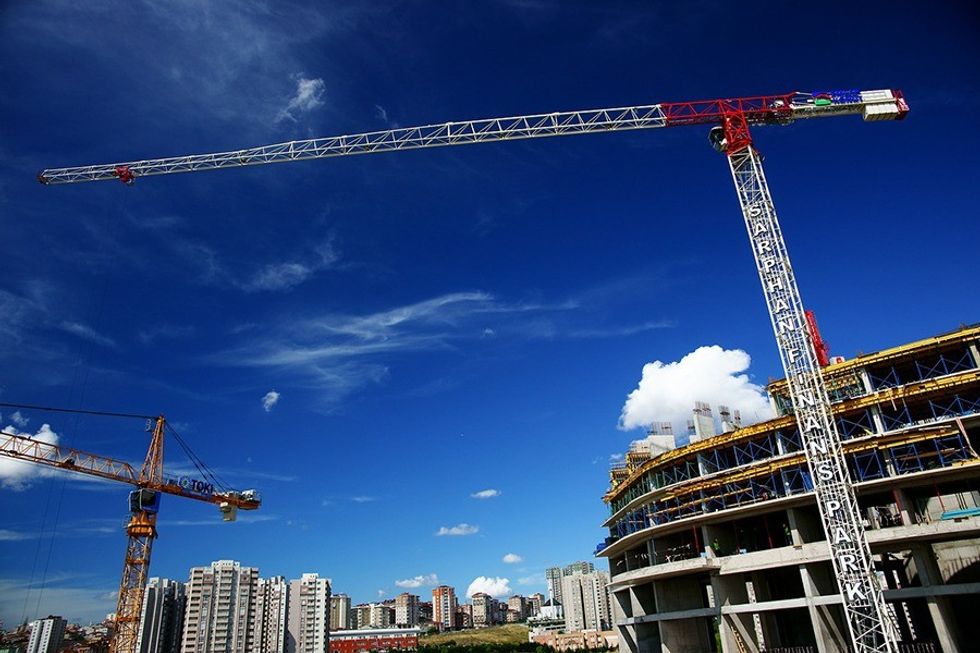As towering condominium buildings in Toronto reach new heights, it’s what on the ground that has the city and developers at odds.
It’s all about parkland — or the lack of some in the Vertical City.
READ: Toronto’s 35 Neighbourhoods: Where Is It Cheaper To Rent Or Own A Condo?
Parkland,senior planner Annely Zonena says, is not keeping pace with the condominium skyscrapers and the thousands of new residents moving into them every year.
“In our current review, we are looking at better aligning the rate (of parkland dedication) … best measured not by the size of the site … but rather the intensity of the development,” Zonena tells Storeys.
“We’re looking for fairness,” she says. “We are really messaging to developers that the city is actively pursuing land dedication for parks.”
That means one thing — developers will be asked to provide more land for parks or money in lieu — on top of new development charges that take effect Nov. 1.
Building Industry and Land Development Association (BILD) CEO David Wilkes has staked out his position in August, stating the current parkland fee can add almost $20,000 to the cost of a high-rise condo suite unit in Toronto.

Wilkes said in an interview with Storeys, he finds it hard to believe that the city is going after developers/builders for more money for parkland when it’s sitting on more than $400-million in-lieu cash already.
“From an industry point of view, we certainly understand that parks are an integral part of communities … and we do believe that we have a responsibility to invest in,” Wilkes says, but added the fact remains that the city is already flush with cash for parkland.
“According to an April 27 report from city staff, there is hundreds of millions of dollars in excess in the parkland in-lieu payments that hasn’t been invested in parkland. So, before the city looks at increasing fees that will challenge affordability … I think there needs to be a serious look at how much funds are currently sitting in the parkland budget that haven’t been invested,” he says.
READ: Condo Cancellations Risk Crisis Of Confidence In Toronto Real Estate
Wilkes also agrees the system of parkland dedication is outdated but his organization wants it replaced with one that is based on needs rather than wants.
“Firstly, you take an accounting of the funds that are currently sitting in the parkland reserve, understanding how they are going to be invested, understanding what that will look like in terms of investing in complete communities,” he explains.
Zonena says the problem is the purchasing power of that cash in-lieu money squirreled away for creating parks “is very limited” because of the runaway land values in Toronto.
“We can take cash in lieu but we can immediately buy less than the day we take it,” she says.
The current residential rate for parkland dedication is capped at between 10 and 20 per cent, depending on the size of the site and number of units. Cash in lieu ranges between 10 and 20 per cent of the value of the property.
The fear is that rates could jump to 30 per cent, driving up the cost of condominium units even higher.
READ: What Ward Do You Live In? Here’s Toronto’s New Wards Map — At Least For Now
Zonena says developers have made their position clear but insists parkland is “essential for livability and that we have a full range of parkland available to residents in Toronto. And we need to be advancing that goal.”
The planning department is expected to deliver its draft official plan policy outlining changes to parkland dedication next spring, at which time the matter will go out for public consultation. A final report is scheduled for late summer.
“We will be meeting with the industry later this fall to talk to them about what their ideas might be,” says Zonena, adding that the city will also be undertaking a financial and market analysis.
The senior planner says the fact remains the current calculation based on the size of the site is outdated because of the intensity of the buildings.
“The way in which we calculate it will go from a horizontal site to an intensity-based measure. And that represents a sea of change in the way we do it. But I think it is just more equitable,” she says.
READ:Toronto Condo Sales Ranked: Highest (And Lowest) Price Appreciation In 95 Neighbourhoods
At present the calculation for parkland for residential high rises is as follows: 0.4 hectares per 300 units capped at 10 per cent of the site or 10 per cent of the land value for a site under a hectare, which represents the vast majority of development sites in the City of Toronto.
For sites between one and five hectares: 0.4 hectares for 300 units but capped at 15 per cent of the site or 15 per cent of the land value for paying cash in-lieu.
For sites of more than five hectares, it’s the same rate per unit but capped at 20 per cent of the site area or 20 per cent of the land value, cash-in-lieu.
READ: This Toronto Condo Developer Plans To Sell Units For $2,500 Per Square Foot
“The reason for the review is that the current rate hasn’t kept pace with the development in the City of Toronto,” Zonena says.
“The rates haven’t changed (in 10 years) but the intensities that we are seeing on a site by site basis have increased over 100 per cent in many areas of the city. So, the development industry actually is experiencing a relative decrease in the cost of contributing parkland as a portion of overall development costs.”
Zonena gave the example of two developments in Toronto to illustrate how condominiums with a smaller footprint but more units require less parkland contribution, be it land or cash-in-lieu:
“In our report, we had the example of two properties, one was at Bloor and Sherbourne and it was a 526-unit tower and the other was at Bloor and Yonge and it was a 220-unit tower. They paid basically the same amount of parkland dedication,” she says.
“But the difference on a per-unit basis was the one at Bloor and Sherbourne was paying less than half on a per-unit basis than the one at Bloor and Yonge and that was because it was based on site size.”
Zonena emphasizes that now when the cap is reached the development’s additional density does not contribute to parkland, “even though the need for parkland is increasing."























